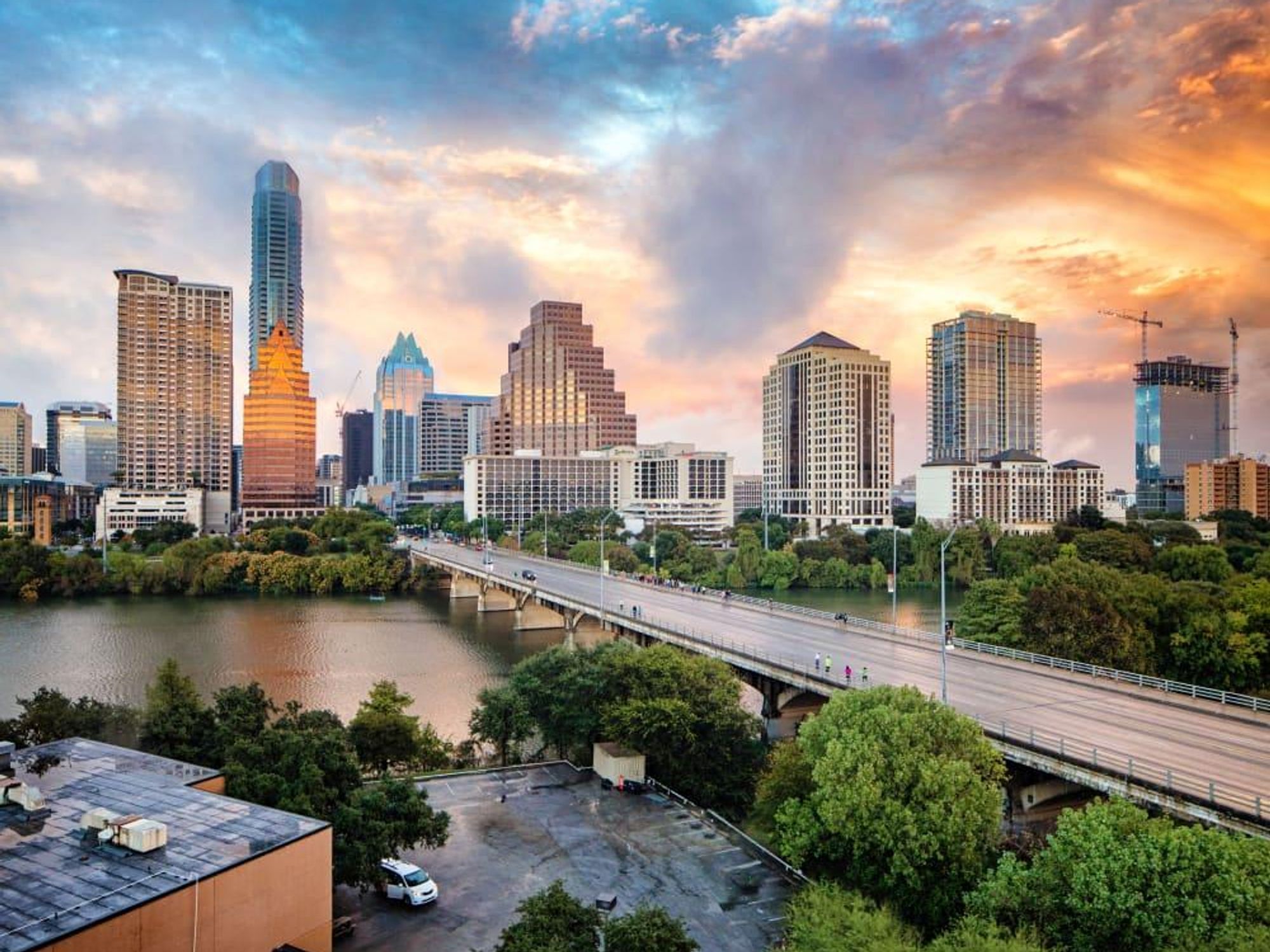Explosive growth
Austin-San Antonio is the ‘next great U.S. metroplex,’ says Mayor Adler in final address

Look out, Dallas-Fort Worth. Austin Mayor Steve Adler wants Austin-San Antonio to become the “next great U.S. metroplex.” Experts believe we’re already well on our way toward that status.
In his last State of the City address as Austin’s mayor on August 25, Adler touched on the burgeoning notion that the Austin-San Antonio corridor — encompassing 13 counties across both metro areas — is evolving as a mega-region like DFW.
In alignment with that vision, Texas billionaire Elon Musk, CEO of Austin-based automaker Tesla, recently floated the idea of building a transportation tunnel between Austin and San Antonio. On Twitter, Musk noted that this futuristic tunnel would be the “fastest way” to travel “between one downtown and another with known physics.” The distance along I-35 between downtown Austin and downtown San Antonio is about 80 miles.
In the past, transportation advocates have pushed for a commuter rail line between the Austin and San Antonio areas, but the concept has never gained enough traction.
Calls for stepped-up transportation and cooperation between Austin and San Antonio come as the two adjacent regions become more neighborly.
Today, the Austin-San Antonio corridor is home to roughly 5 million people. As of the 2020 Census, 2.3 million people lived in the Austin metro area and almost 2.6 million people lived in the San Antonio area. The corridor’s population is expected to reach 6 million to 7 million by 2030.
From 2010 to 2020, two of the country’s fastest-growing counties were the adjoining counties of Hays and Comal. At 53.4 percent, Hays County (part of the five-county Austin metro area and anchored by San Marcos) led growth among all U.S. counties during that period. Comal County, situated in the eight-county San Antonio metro area and anchored by New Braunfels, ranked third on that list with a growth rate of 48.9 percent.
This population growth is occurring as home prices continue to climb in the Austin and San Antonio areas. However, the San Antonio area remains a much more affordable place than the Austin area. In fact, San Antonio ranks among the top spots where both buyers and renters are seeking a refuge from skyrocketing prices for housing in Austin.
In July, the median home price in the San Antonio area was $341,600, compared with $515,000 in the Austin area. That’s a gap of $173,400.
“Austin is in the middle of a housing supply and housing affordability crisis. This is an existential challenge,” Adler said. “We are losing neighbors who can longer afford to live here. With their loss, we lose the diversity that is our biggest asset — our people.”
In November, Austin voters will decide on a $350 million bond program that would add affordable housing for low-income families and homeless people.
“We have quadrupled our investment in affordable housing units in the city since just 2014. And we have invested more in the last six years than in the city’s history up to that point,” Adler said. “And it’s still not enough.”
The Austin Board of Realtors has repeatedly sounded the alarm about the escalating cost and ongoing shortage of housing in the area.
“Although we’ve seen an uptick in inventory recently, we must focus on creating more supply to meet the increasingly high and sustained demand for housing. We must put housing first and use all the tools we have in the toolbox to address this issue,” says Cord Shiflet, president of the Austin Board of Realtors.
The same sentiment likely could be applied to the San Antonio area, especially if the population of the corridor exceeds 9 million by 2050, as former San Antonio Mayor Henry Cisneros has indicated will happen.
In 2020, Cisneros wrote that nowhere else in the U.S. are two connected metro areas expanding so rapidly. As the two areas move closer to the mega-metro level, Cisneros believes Austin and San Antonio can “provide a 21st-century example” of regional collaboration, including the possibility that a single NFL, NHL, or Major League Baseball team could serve sports fans up and down the corridor.
“We can avoid the worst consequences of lack of planning and of erratic growth in the Austin-San Antonio region,” Cisneros wrote in a newspaper op-ed. “We can make wise investments, pursue inclusive growth, and assure environmental responsibility.”

 The Waldorf Astoria Hill Country will be constructed in Fredericksburg. Rendering courtesy of IMI Worldwide Properties
The Waldorf Astoria Hill Country will be constructed in Fredericksburg. Rendering courtesy of IMI Worldwide Properties  I-35 in Austin is one of nine freeways where the infrastructure is "nearing the end of its functional life." Photo courtesy of Getty Images
I-35 in Austin is one of nine freeways where the infrastructure is "nearing the end of its functional life." Photo courtesy of Getty Images